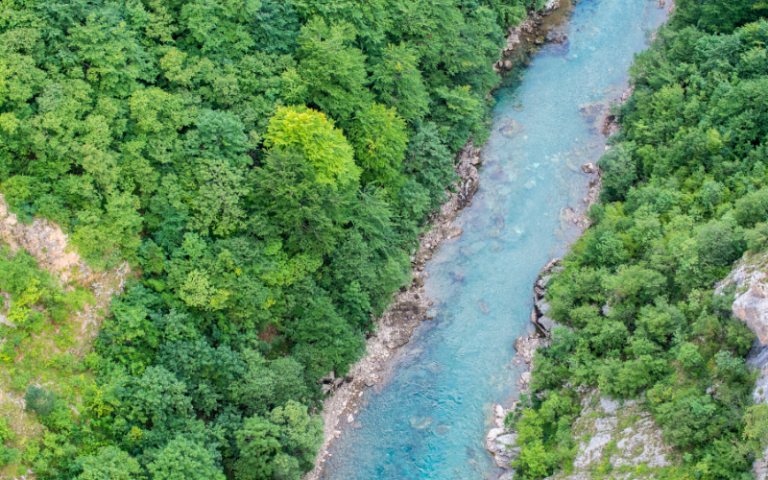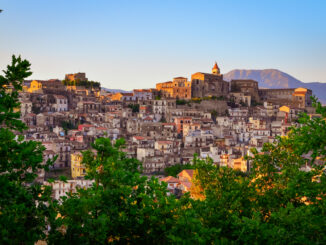Surviving fires is not easy, yet nature does it better than humans. Fire has an important and often negative impact on wild plants and animals, but some systems have adapted to it. And, paradoxically, some species cannot live without fire. In an environment adapted to the fire, in fact, once the fire is extinguished, nature can resume the lost ground. Moreover, some species, even with a fire, do not die and can grow back very quickly.

The dramatic fires in Australia have highlighted one of the most serious dangers that the climate crisis is causing. We are talking about the fast spread of fire in arid environments. But at the same time they make it possible to study the dynamics that fire causes in natural environments and to reflect on fire as an ecological factor.
So let us see how nature is surviving fires.
How Is Nature Surviving Fires?
Fire has an important and often negative impact on wild plants and animals, but some systems have adapted to it. And, paradoxically, some species cannot live without fire.
What happens, however, is different if we consider a forest in the Alps or a portion of Mediterranean scrub, hectares of Australian bush or a tropical forest.
In an environment adapted to the fire, in fact, once the fire is extinguished, nature can resume the lost ground. Usually it does so in stages, in the so-called ecological succession. This is what happens in the Mediterranean scrub or the domestic pine forests.
Some species, even with a fire, do not die and can grow back very quickly. For example, cork and some pines have a thick bark that protects them. Moreover, they can already reach a greater height in the first years of life than the fires that burn the undergrowth. Other plants, such as cysts, are able to sprout twigs from the fire-resisting roots. In others, the seeds are fire-resistant, and germinate as soon as the fire has passed. The seeds of other plants, even, germinate only when the fire has “activated” them, that is, heated them.
In particular, in some species of pine trees the seeds are protected by resins that the fire dissolves. As a result, the seeds fall and can produce new plants. Other plant species that quickly regain ground are ferns. Some have dormant buds just a few centimetres underground, which pop up again quickly. Their spores are also fire-resistant, and they resurface quickly after the fire.
What About Animals?
Let us now talk about the relationship that animals have with fires. Apart from those who save themselves by digging holes in the ground or burrows (such as tortoises or even snakes), the first to arrive “from outside” are insects or spiders. Depending on the size of the area, the birds then colonize the ecosystem and even follow the fire in search of dead or frightened prey. The last to arrive are the mammals.









